

Hyperia is a NIREOS project. The goal is to develop an innovative camera capable of measuring not just the colour of objects around us, but their entire light spectrum for each pixel of the two-dimensional field of view.
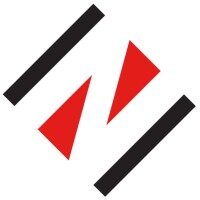

Hyperspectral imaging (HSI) cameras are typically limited by their bulk size, high cost, poor sensitivity and limited spectral coverage, covering either the visible or the near-infrared portion of the spectrum.
The breakthrough innovation in HYPERIA is constituted by NIREOS’ core and proprietary technology: time-domain Fourier-transform spectroscopy, a radically different paradigm with respect to competitors. This will enable the development of a HSI system with a hitherto inaccessible level of sensitivity even in low-light illumination conditions, covering a dramatically wider wavelength range from the visible to the short-wavelength infrared (SWIR).
VIS-SWIR spectrum range (400-1700nm) to capture both visible and non-visible features.
Wide range of applications such as: food testing, fine art restoration, plastic sorting, remote sensing, material science and microbiology.
One device only: no need to use multiple costly devices since HYPERIA covers both VIS and SWIR spectrum in a single device.
HYPERIA provides a comprehensive hyperspectral data in a single device, saving time-consuming integration to merge data.



The first photos of the HYPERIA hyperspectral camera prototype
| Parameters | HYPERIA Performance |
|---|---|
| Spectral range | 400-1700nm |
| Spectral resolution | <0.5nm @420nm <10nm @1700nm |
| Horizontal Angular Field Of View (HAFOV) |
7.41° |
| Vertical Angular Field Of View (VAFOV) |
5.93° |
| Instantaneous FOV | 5.7mdeg |
| Spatial Resolution | 1280 (H) × 1024 (V) |
| Pixel Pitch | 5μm |
| Pixel Size | 5μm x 5μm |
| Parameters | HYPERIA Performance |
|---|---|
| Sensor Bits | 12 |
| Sensor Dark Noise | 250 eˉ |
| Sensor Dynamic Range | 56.4 dB |
| Sensor Full Well | 165000 eˉ |
| Maximum Integration Time | 100ms |
| N averages | Up to 100 |
| Minimum Measurement Time | 10s |
| Integration Time | 1us to 1s |
| RoHS and REACH | Yes |
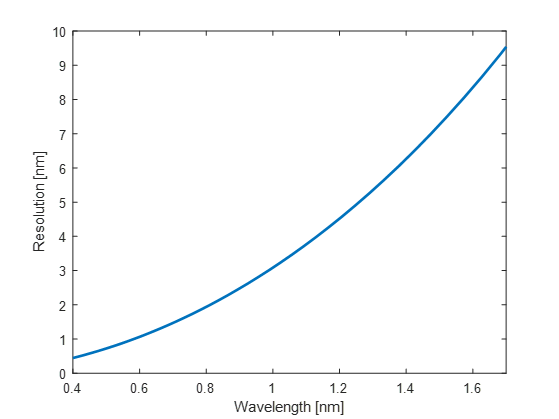

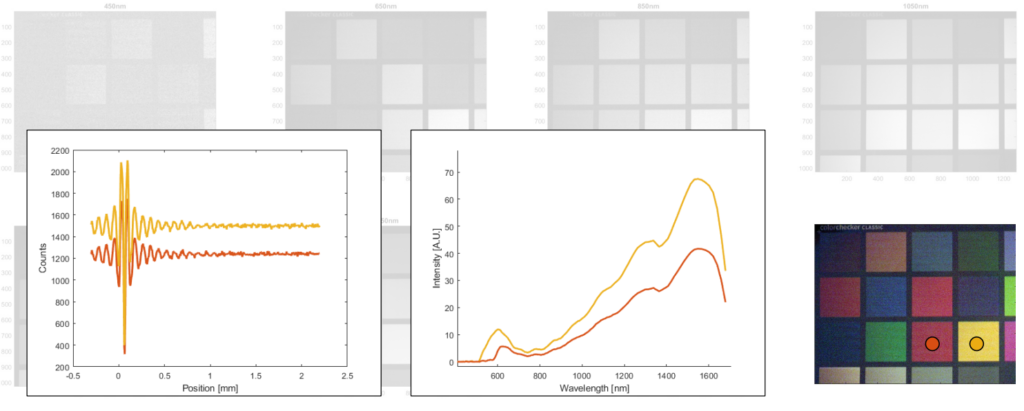
HYPERIA’s cutting-edge hyperspectral imaging technology is designed to address a wide range of challenges across multiple sectors. By offering unparalleled precision, sensitivity, and versatility, HYPERIA empowers industries to achieve new levels of efficiency and innovation. Below, we highlight the six primary applications where HYPERIA is making a significant impact, demonstrating its adaptability and effectiveness in various fields.
HYPERIA revolutionizes crop monitoring and disease detection, providing precise measurements of key quality parameters, enhancing consistency, resource efficiency, and early disease identification in controlled agricultural environments.
HYPERIA delivers unmatched precision in detecting defects and analyzing material composition, making it an essential tool for quality control and R&D in semiconductor manufacturing and solar cell production.
HYPERIA offers non-invasive, highly sensitive imaging capabilities, enabling early disease detection, detailed tissue analysis, and precise biomarker identification in medical and biochemical research.
HYPERIA provides non-invasive analysis for pigment identification, material composition, and conservation, ensuring the protection and study of valuable artifacts without causing harm.
HYPERIA’s offers powerful capabilities in detecting and sorting different types of plastics for recycling processes, ensuring environmental sustainability.
HYPERIA provides detailed spectral data for environmental monitoring and land use analysis.
HYPERIA has proven its excellence in assessing leafy freshness, particularly in lettuce and basil. Through rigorous validation tests, it demonstrated high performance in capturing hyperspectral images under varying storage conditions. The device’s superior resolution, signal-to-noice ratio, and sensitivity enable precise identification of chlorophyll and water concentrations at different wavelengths such as 970, 1200 and 1450 nm.
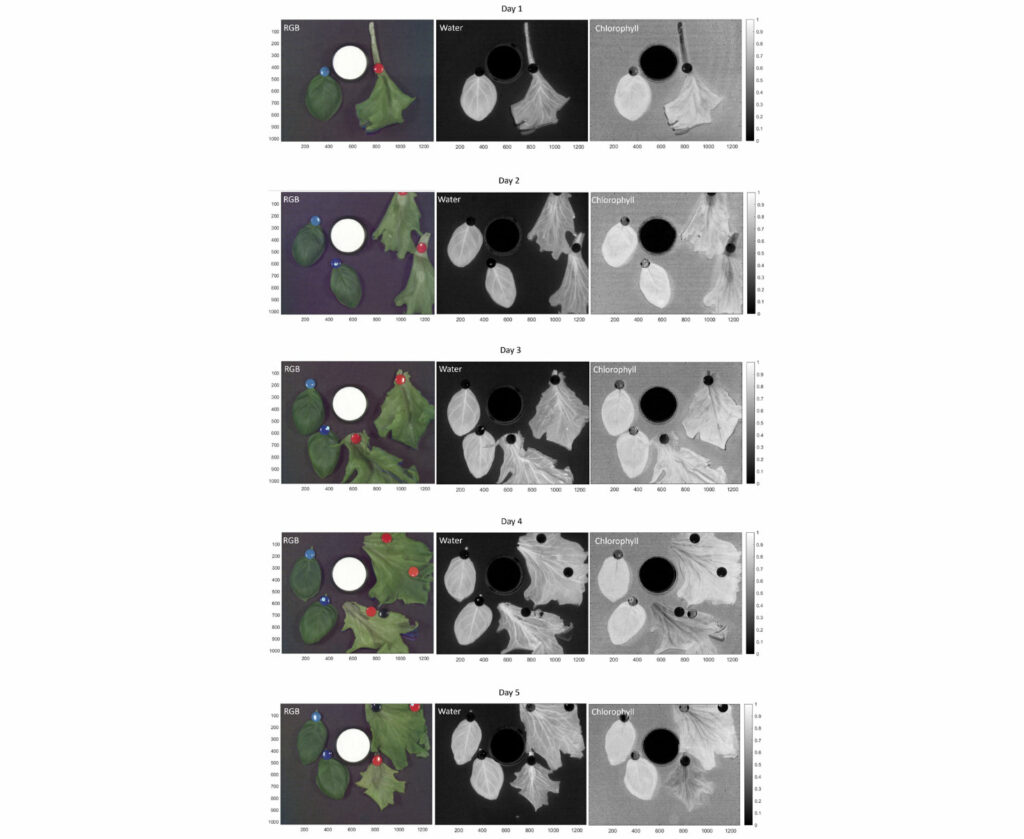
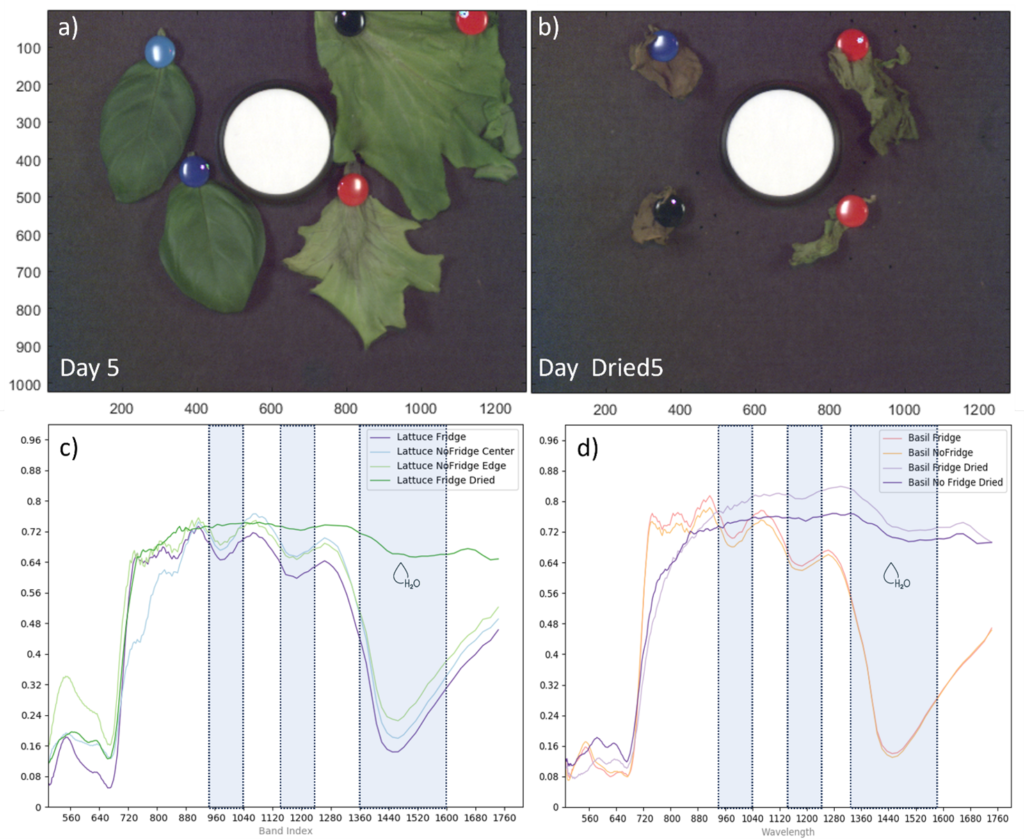

Our brand-new hyperspectral camera HYPERIA, has been featured in the special issue of inVISION News. The white paper, detailed from page 38 of the issue, showcases the innovative capabilities of HYPERIA, capable of capturing 1.3 Mpixel hyperspectral images in a super broadband spectral range (400-1700 nm).
This enables to simultaneously measure and combine information in the visible and in the SWIR range.
As all the products in the HERA family by NIREOS, HYPERIA retains all the advantages of Fourier Transform spectroscopy, a high spatial & spectral resolution, and an easy-to-use point&shoot approach.
Explore the full white paper to learn how HYPERIA is revolutionizing hyperspectral imaging across various fields such as medical and biological imaging, agriculture, and material science.
You can access the special issue of inVISION News by clicking the button below
We are excited to share another breakthrough from our HYPERIA project.
We had the privilege of analyzing La Visione di Saul (1867) by Mosè Bianchi, one of his most historically significant artworks, at the Archivio Mosè Bianchi. This painting not only won Bianchi the prestigious Pensionato Oggioni award at the Brera Academy but also paved the way for his artistic development in Paris and Venice.
Using our advanced VIS-SWIR (400-1700 nm) hyperspectral imaging technology, we captured both the visible and infrared spectral regions of the painting in a single shot. This comprehensive imaging allowed us to examine the underdrawings in detail and gain deeper insights into Bianchi’s artistic techniques.
A special thank you to Giovanni Pitscheider for directing and cinematographing the behind-the-scenes video, and to Archivio Mosè Bianchi, Associazione Culturale Mosè Bianchi Pompeo Mariani Elisabetta Keller, and Simone Ferraro for their invaluable support and permissions.
We are excited to announce the release of our latest hyperspectral dataset, now available for download on the Zenodo platform. The dataset, titled “Epipremnum aureum VIS-SWIR Hyperspectral Image from HYPERIA,” features detailed imagery of two Epipremnum aureum leaves – one healthy and one stressed – captured across the visible to short-wave infrared (VIS-SWIR) range (400-1700 nm). Taken from a distance of 1 meter, this high-quality image utilizes LED and halogen lighting to cover the full spectral range.
Don’t miss the opportunity to explore this valuable resource and enhance your research.
HYPERIA has been showcased at over 20 conferences and trade fairs worldwide. Notable events include the Vision Messe in Stuttgart, BIOS and Photonics West in San Francisco, TECHNART in Lisbon, LASER World of PHOTONICS in Munich and EPIC in Antwerp.







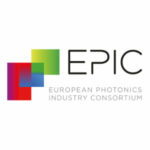
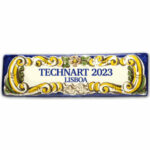

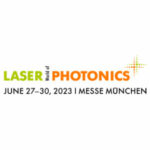
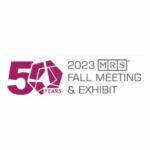
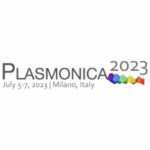
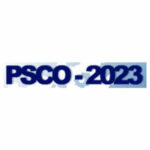
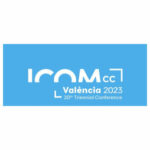

Here you can find all updates regarding our project
Take a closer look at HYPERIA’s impact through key moments captured during events, workshops, and live demonstrations.
This visual journey showcases how we disseminate cutting-edge technology, foster collaboration, and drive innovation across industries.











If you’re exploring the potential of hyperspectral imaging with HYPERIA, you may find our application note on the use of hyperspectral cameras in the semiconductor industry particularly insightful. This document, available on the NIREOS website, delves into how NIREOS hyperspectral cameras are effectively employed to characterize silicon wafers and new materials like perovskites. It provides valuable insights into both macroscopic and microscopic applications, offering a broader perspective on the capabilities and innovations within the field. Explore this resource to see how advanced hyperspectral technology is transforming semiconductor analysis and consider how similar approaches could benefit your own research or industry.
For more details on NIREOS hyperspectral camera applications, click here.

If you have any questions about the Hyperia project, please send us an email to hyperia_project@nireos.com.

HYPERIA has received funding from the EIC Transition Open 2021 programme under No. 101058039. The EIC Transition is a funding programme under Horizon Europe targeting innovation activities that goes beyond the experimental proof of principle in laboratory. It supports both the maturation and validation of novel technologies from the lab to the relevant application environments.
Funded by the European Union. Views and opinions expressed are however those of the author(s) only and do not necessarily reflect those of the European Union. Neither the European Union nor the granting authority can be held responsible for them.
